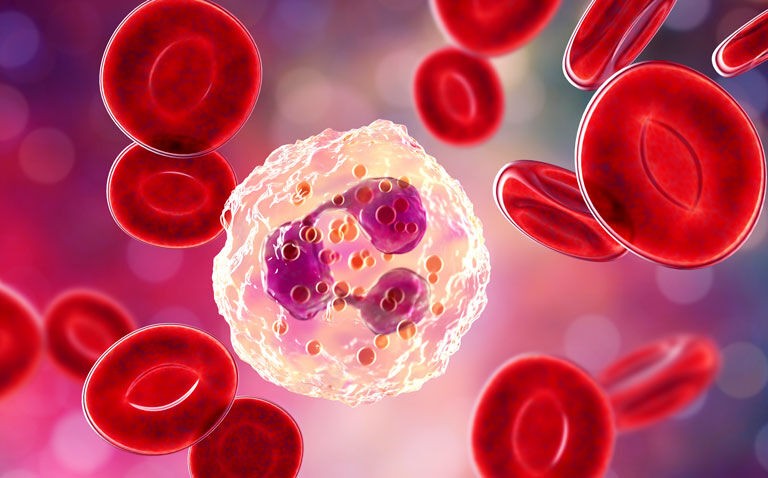Neutrophil CD64 has high a specificity for diagnosing a bacterial infection but low levels cannot be used to rule out such infections
Neutrophil CD64 level measurement in emergency department (ED) patients with a suspected bacterial infection, has a both a high specificity and positive predictive value for diagnosing a bacterial infection. However, low levels cannot be used to rule out these infections, according to the findings of a study by the COVPACH study group.
Infections are a common ED presentation that require diagnostic biomarkers to enable the differentiation between those of a bacterial or viral origin. C-Reactive Protein (CRP) is one such marker that appears to act as a surveillance molecule for altered self and certain pathogens. Levels of CRP increase very rapidly in response to trauma, inflammation, and infection although CRP has been found to be neither sufficiently sensitive or specific to identify bacterial infections, particularly with lower respiratory tract infections. Although other markers such as the white blood cell (WBC) count and erythrocyte sedimentation rate can be used, the WBC count has a low sensitivity and specificity for a bacterial infection. An alternative marker is the neutrophil CD64 level with one meta-analysis concluding that it could be a promising and meaningful biomarker for diagnosing bacterial infection. In addition, while neutrophil CD64 demonstrates moderate performance in diagnosing sepsis in critically ill patients, whether it helps to diagnose bacterial infections within the ED where an answer is rapidly needed, is less clear and was the purpose of the current study.
Researchers examined the value of neutrophil CD64 (nCD64) in a study with COVID-19 suspected patients who visited the ED and for which a definitive diagnosis was made. Blood samples were analysed within 2 hours after presentation and patients categorised as having either a bacterial, viral, and non-infectious disease. The team then determined the diagnostic value of nCD64 and compared this to those of CRP and WBC counts.
Neutrophil CD64 as a biomarker for bacterial infections
A total of 182 patients with a median age of 63 years (52.7% male) were included and of whom, 43% had a confirmed bacterial infection and 35% a viral infection.
The median nCD64 level was higher in bacterial compared to viral infection (p = 0.004) and the non-infectious group (p < 0.0001). However when analysing the area under the receiver operating characteristics curve, there were no significant differences between the three biomarkers.
Using a cut-off of 9.4 units for nCD64, the corresponding positive predictive value was 1.00 and the specificity was 1.00 although the sensitivity was only 27%.
The authors concluded that nCD64 had a high specificity and positive predictive value for diagnosing a bacterial infection but noted how a low nCD64 could not be used to rule out a bacterial infection. They added that nCD64 should be combined with additional tests to form an algorithm that adequately diagnoses infectious diseases.
Citation
van de Ven NLM et al. Point-of-care neutrophil CD64 as a rule in diagnostic test for bacterial infections in the emergency department. BMC Emerg Med 2023










